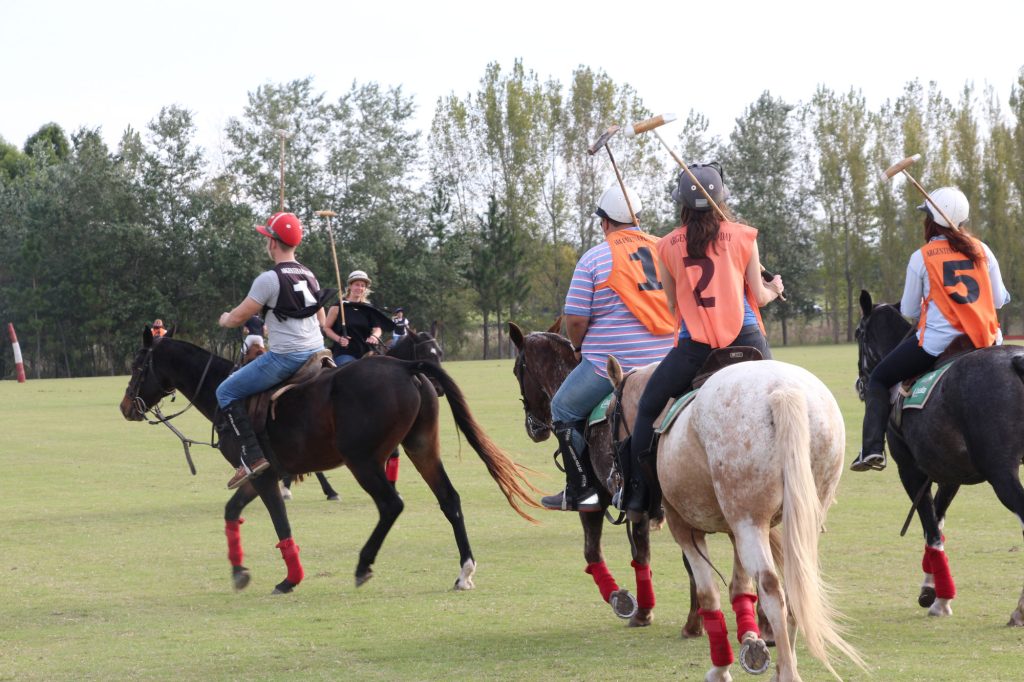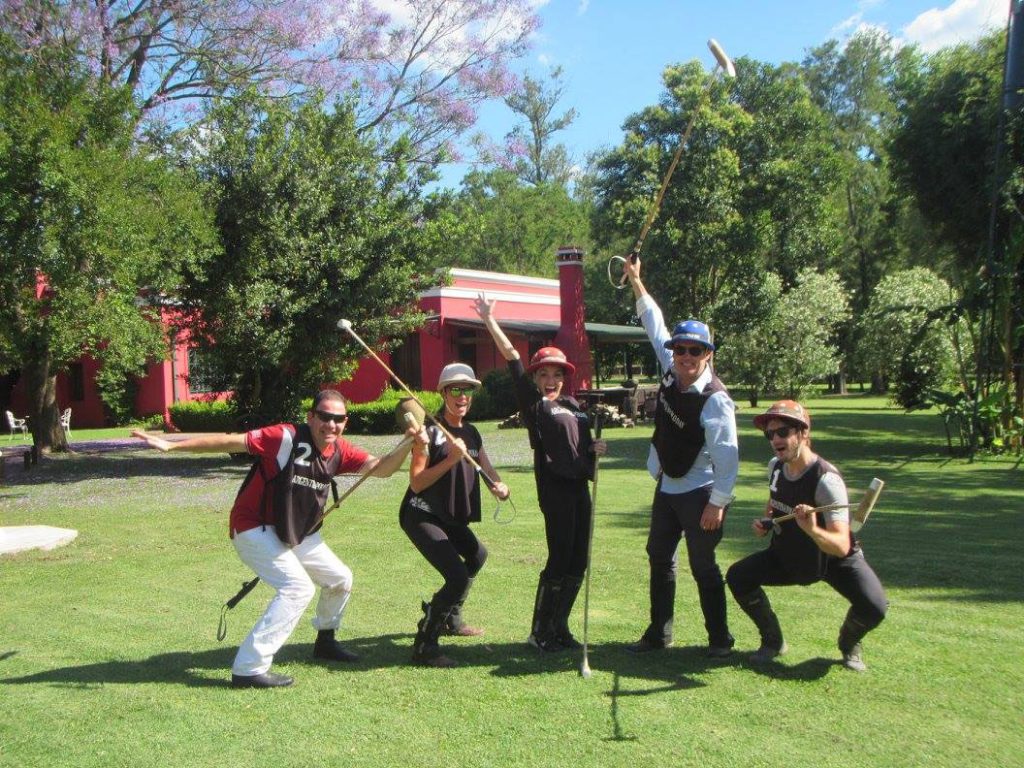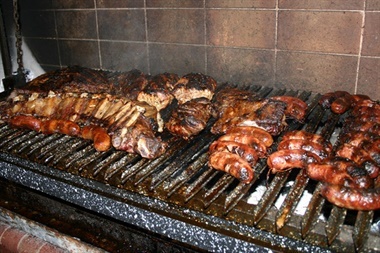[:es]People says that an average rider with a brilliant horse can play much better, while the best player in the world cannot achieve much with the wrong type of horse.
For polo, the speed and agility of the horses is just as vital as the ball skills, horsemanship and talent of the polo player.
Nowadays, the polo horse is the result of more than a century of careful genetic selection and reproduction. To understand the present polo horse we must go back to its origins, the first horses that inhabited the Pampa, who escaped from the first foundations of Buenos Aires in 1536. These horses had Spanish and Berber origins and are the species that gave birth to the Criollo horse, which was unbeatable in its rusticity, endurance and ability to adapt.
However, as the game evolved, so did the polo player’s needs for the horses. The best players started looking for the fastest horses so they could knock out their opponents and get to the ball even faster. This ability was found in thoroughbred race horses, which turned out to be so fast that many of these high handicap polo horses were shared with the horse racing world to inherit these racing traits. But this came at a price, sacrificing maneuverability and agility.
A modification in the rules about horses’ height allowed the use of the thoroughbred racehorse in polo. Previously a horses’ height was limited to 142cm and then to 147cm. In present day, the estimated ideal height of a polo horse is 156cm, which is more common height in thoroughbreds than in a crossbred.
Thoroughbred horses weigh between four and five hundred kilos and have very powerful muscles and a strong temperament. This means that they are fast runners, they move very skillfully and require a very good rider to control them.[:en]People says that an average rider with a brilliant horse can play much better, while the best player in the world cannot achieve much with the wrong type of horse.
For polo, the speed and agility of the horses is just as vital as the ball skills, horsemanship and talent of the polo player.
Nowadays, the polo horse is the result of more than a century of careful genetic selection and reproduction. To understand the present polo horse we must go back to its origins, the first horses that inhabited the Pampa, who escaped from the first foundations of Buenos Aires in 1536. These horses had Spanish and Berber origins and are the species that gave birth to the Criollo horse, which was unbeatable in its rusticity, endurance and ability to adapt.
However, as the game evolved, so did the polo player’s needs for the horses. The best players started looking for the fastest horses so they could knock out their opponents and get to the ball even faster. This ability was found in thoroughbred race horses, which turned out to be so fast that many of these high handicap polo horses were shared with the horse racing world to inherit these racing traits. But this came at a price, sacrificing maneuverability and agility.
A modification in the rules about horses’ height allowed the use of the thoroughbred racehorse in polo. Previously a horses’ height was limited to 142cm and then to 147cm. In present day, the estimated ideal height of a polo horse is 156cm, which is more common height in thoroughbreds than in a crossbred.
Thoroughbred horses weigh between four and five hundred kilos and have very powerful muscles and a strong temperament. This means that they are fast runners, they move very skillfully and require a very good rider to control them.[:]





